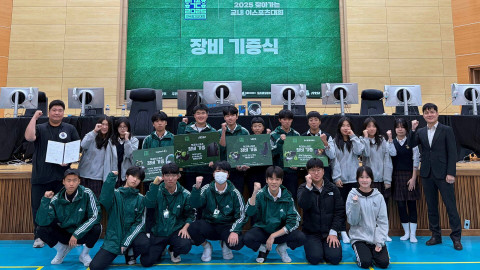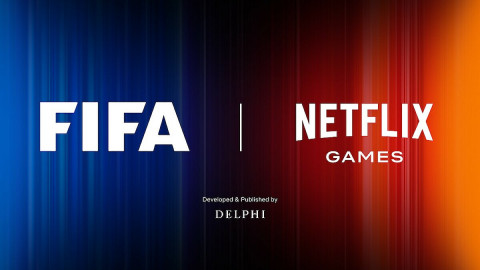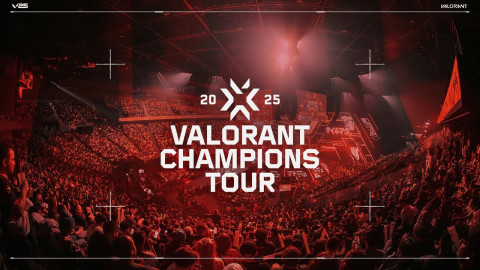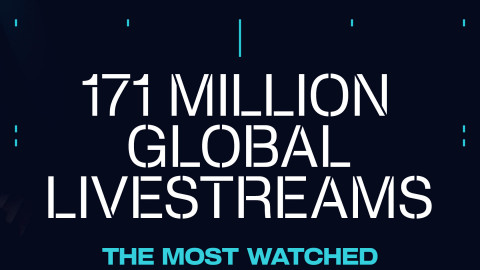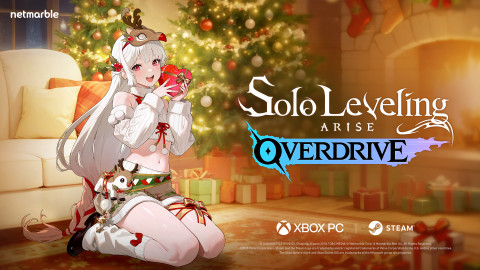
Joycity’s new play-to-earn (P2E) game, Gunship Battle: Crypto Conflict, is about to be released. Crypto Conflict succeeds its former Gunship Battle’s strategic points and has a new interest point in P2E. There have been positive reactions from the gamers as more and more P2E games хаже started to appear.
How would the P2E system be installed onto Gunship Battle? Inven talked to the developers of Gunship Battle: Crypto Conflict about what the game is aiming for and what’s different from its original.

What’s the biggest difference from the original Gunship Battle?
Director Park Jun-seung: The biggest difference is that it’s a game that’s aiming for a new market in P2E. If the original Gunship Battle: Total Warfare was focused on how we could provide more of the wargame fun to the users, in Crypto Conflict, we focused on how we could provide a chance to play to earn.
If we were to just have the players do the same thing repeatedly like slot machines, it’d be difficult to provide “fun” while playing to earn, and in this case, the game wouldn’t survive for long. In Crypto Conflict, we made it so that players that understand the game and enjoy it can make bigger earnings — we’re aiming for Play and Earn, rather than Play to Earn.
Producer Kye Dong-gyun: To explain the game content, there’s a new resource called titanium which is the needed asset to make profit, and there are new “titanium islands” in the world. Titanium islands are affiliated with some cities, and more profit will go to the users that conquer the city. The competition surrounding these cities will be more intense, and I believe users will find more to enjoy in that.
Other than the P2E elements, is it the same as the original?
Park: The essence of our war games isn’t in fancy graphics or unique content. Rather than that, what we have is how we could motivate the players long-term and make them clutch together or compete with other groups through motivation.
In Crypto Conflict, we’ve been focusing on how we could provide the conflict surrounding titanium, the P2E assets. Most of the P2E games are more about direct mining content — one where users compete with how much they’ve mined, but Crypto Conflict is different. The core isn’t in individuals, it’s in the groups. To gain more advantages in mining, you have to compete. In that process, users have to go through social issues such as wars, politics, and diplomacy. Sometimes there could be treachery or rigging as well. We’re preparing the game so that people could experience wars that include all of this.

What was the biggest asset you paid attention to while developing Crypto Conflict?
Kye: Since there’s a new resource that will become the pillar of the game, we gave the most thought into the economic structure surrounding titanium. Things have to go fluently to earn titanium, to use it, and to compete to get earn more titanium, so those aspects have to be just right — not too much, not too little.
If it’s an individual game from the original, some users might complain. The original Gunship Battle users might not want to move, since they’ve spent some money already. Do you have plans to transfer the data?
Kye: I don’t think people would move from Gunship Battle: Total Warfare to Crypto Conflict just seeing the P2E aspects. Since Total Warefare is still doing well, we’ll be providing Crypto Conflict individually.
Park: We did think about transferring the data, but at the moment, we can’t launch the game in certain countries if there’s a P2E aspect. In that situation, we thought it would be bad if we merge the servers leaving those users behind.
Also, the P2E market and the original gaming market don’t overlap that much. There shouldn’t be any cannibalization while providing a different version, and I believe there wouldn’t be much discontent from users either. As Kye said, we won’t be lessening our efforts in Total Warfare, and we’ll continue to provide the two Gunship Battles solidly.

In P2E games, the tokens are only sold, so the value of the tokens declines. Many P2E game providers give a lot of thought to how users could reinvest the resources within the game. How is it in Crypto Conflict?
Kye: To mine and gain the limited titanium, users need to compete with each other. To get ahead in this competition, users would need to scale, and to scale, they need titanium. We’re trying the most to get a perfect balance for this cycle.
Park: Traditionally, one of the biggest balance elements of war games is managing how to supply resources. Since Joycity has researched and provided games in the wargaming genre, we’re confident in managing titanium well.
In RPG games, the focus is more on the character or pet, but in war games, more macroscopic management is necessary, so there are much more areas to use the resources. We designed the game so that users would need titanium in all assets necessary to grow more within the game.
To gain Titanium, do you need to conquer the island, or are there other ways?
Kye: The main source is the titanium islands. There are titanium islands that have ownership and ones that don’t. Anyone can conquer the islands without ownership, but the amount is limited. The efficient titanium islands have ownership — they’re affiliated to cities, and the union that owns the city gains a certain amount as tax. The union that conquered cities or those that won wars across servers can gain more titanium as tax.

In MIR4, you can turn your character into NFT and sell it. Are you planning on doing the same for Crypto Conflict?
Kye: We’ve been examining the possibility of making in-game items into NFTs, and we’re also considering the same about the account.
Many gamers are worried about the game turning into another P2W game. Do you have a solution to this?
Park: I think the installation of the P2E system would actually help improve the problems of P2W. Users had to keep on spending money on the original P2W games to keep up, but in P2E games, there’s a chance to reinvest what they earned so that they could grow more. As a result, the cash users can’t just ignore the P2E aspects, so they would need to move forward with the P2E-efficient users.
Kye: This is a common problem for the games whose main content is competing. It’s true that scaling is important to become advantageous in the competition, and spending cash is a good way to accelerate that process. However, among the users of Total Warfare, not even 10% of the users spend money. The contents are mainly targeted at unions and the members of the unions, so those who don’t spend money can also participate in the contents as a member of a union. I believe it’ll be the same in Crypto Conflict — those users would show more presence due to the P2E aspects.
It’s Joycity’s first P2E game. What’s the goal for Crypto Conflict?
Park: Our goal is to provide the best P2E game in the global market as a Korean developer. Although it’s our first time developing a P2E game, Joycity has a lot of experience in the global market, so we’re preparing well regarding the marketing and service.
Thankfully, the reactions are really positive with the ongoing airdrop event. Recently, we hit #1 at playtoearn.net in strategy and simulation. We’re doing our best to keep up with the expectations, so please look forward to it.

This content is sponsored by Joycity.
Sort by:
Comments :0




